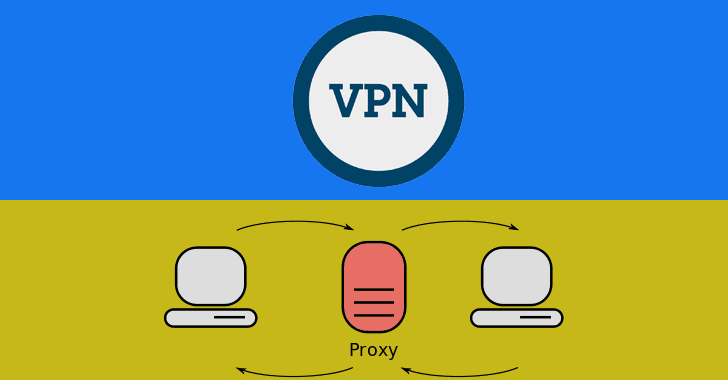Sever layers of OSI
The OSI (Open Systems Interconnection) model is a conceptual framework that defines how different network protocols and technologies interact with each other. It consists of seven layers, each responsible for specific functions.
- Application layer (layer 7)
- Presentation layer (layer 6)
- Session layer (layer 5)
- Transport layer (layer 4)
- Network layer (layer 3)
- Data-link layer (layer 2)
- Physical layer (layer 1)
Here, let us know the explanation of each layer responsible for specific functions.
- Application Layer: This is the topmost layer and interacts with end-user applications directly. It provides services such as file transfer, email, remote login, and network resource access. Protocols operating at this layer include HTTP, FTP, SMTP, and DNS.
- Presentation Layer: This layer is responsible for data formatting, encryption, and compression. It ensures that data from the application layer of one system can be understood by the application layer of another system. Examples of protocols operating at this layer include JPEG, MPEG, SSL, and GIF.
- Session Layer: The session layer establishes, manages, and terminates communication sessions between applications. It provides synchronization points in the data stream to ensure reliable delivery. Protocols operating at this layer include NetBIOS, PPTP, and SAP.
- Transport Layer: This layer provides end-to-end communication between hosts. It ensures reliable and error-free data transmission by handling segmentation, flow control, and error recovery. The most common protocols operating at this layer are TCP (Transmission Control Protocol) and UDP (User Datagram Protocol).
- Network Layer: The network layer deals with logical addressing and routing of data packets. It determines the best path for data to travel from the source to the destination across multiple networks. The Internet Protocol (IP) operates at this layer, along with routing protocols such as OSPF and BGP.
- Data Link Layer: This layer is responsible for the reliable transmission of data frames between nodes over a physical network. It handles error detection and correction and organizes data into frames. Ethernet, Wi-Fi (802.11), and Point-to-Point Protocol (PPP) are examples of protocols operating at this layer.
- Physical Layer: The physical layer is the lowest layer of the OSI model. It defines the physical characteristics of the transmission medium, such as cables, connectors, and signaling. It deals with voltage levels, data encoding, and transmission rates. Examples of protocols operating at this layer include Ethernet, RS-232, and V.35.
The OSI model provides a framework for understanding network communication processes and allows different networking technologies to interoperate effectively by defining clear boundaries and responsibilities for each layer.






